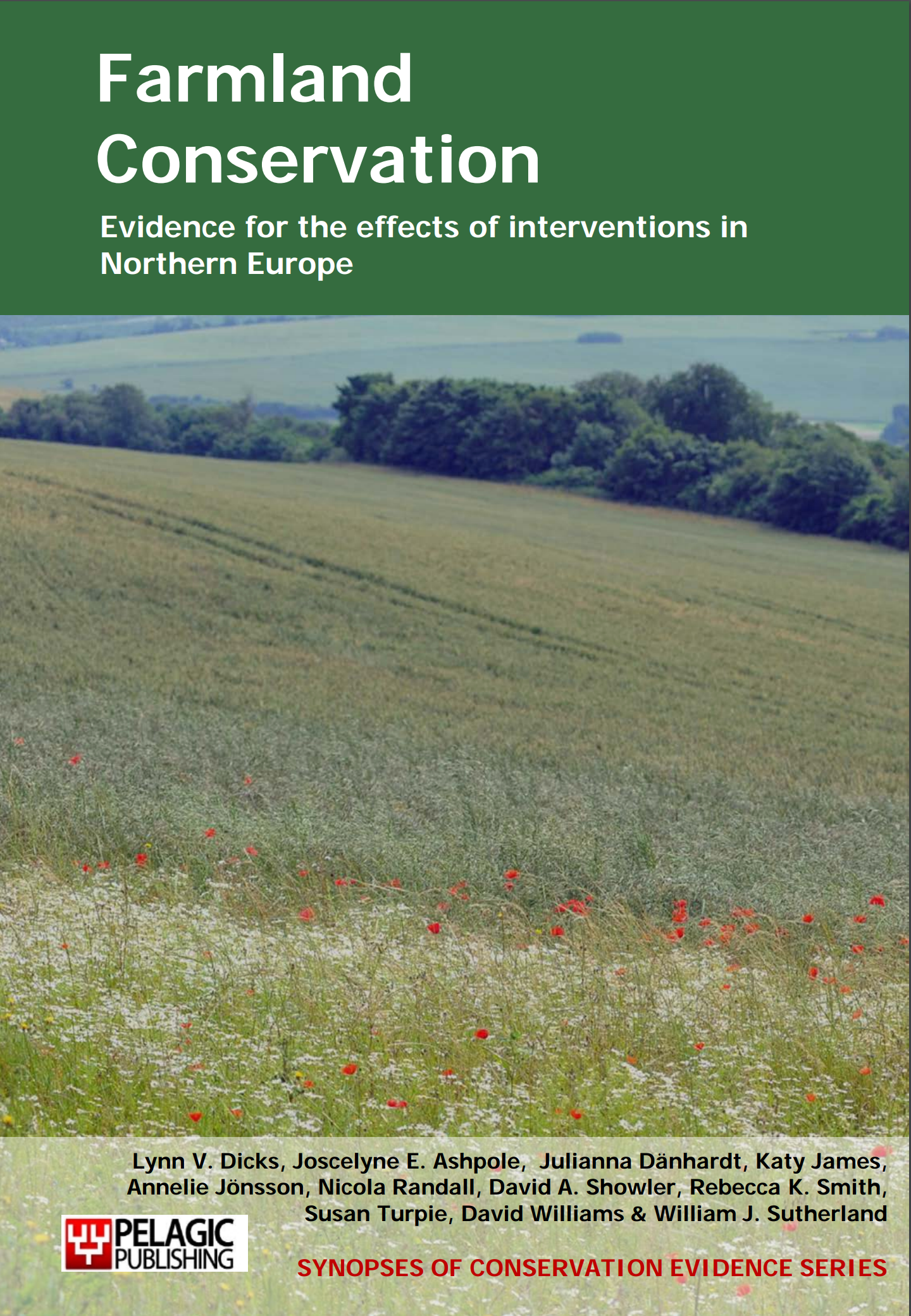Control invasive non-native plants on farmland (such as Himalayan Balsam, Japanese knotweed)
-
Overall effectiveness category Evidence not assessed
-
Number of studies: 2
View assessment score
Hide assessment score
How is the evidence assessed?
-
Effectiveness
not assessed -
Certainty
not assessed -
Harms
not assessed
Study locations
Supporting evidence from individual studies
A randomized, replicated, controlled study in summer 1993 in a pastureland in the Krivoklat Protected Landscape Area, Czech Republic (Pysek et al. 1995), found that removing all flower heads (umbels) of giant hogweed Heracleum mantegazzianum reduced seed production by 95% in that year. The effect on seed production of removing all flower heads and leaves was not significantly different from removing flower heads alone. Removing only the terminal flower head showed no significant difference in seed production compared to the control. The timing of flower head removal was planned to coincide with the peak flowering period. The study site was divided into eight blocks of four plants, with one plant in each block receiving each of four tissue removal treatments: removal of all flower heads and leaves, removal of all flower heads, removal of the terminal flower head and control.
Study and other actions testedA randomized, replicated, controlled study in July 2002 and June 2003 in ten pastureland sites in Slavkovský les Protected Landscape Area, Czech Republic (Pysek et al. 2007) found that giant hogweed Heracleum mantegazzianum seed production was dramatically reduced by removal of flower heads (umbels) and less heavily reduced by removal of leaves. Timing of tissue removal also significantly affected seed production, with 80% of plants that had flower heads removed on 2 July 2003 regenerating and producing some seed compared to 30-60% of plants that were treated on 9-10 July 2002. For treatments that removed the whole plant, cutting the stem above the basal rosette was equally as effective as removing the basal rosette, and cutting 15 cm below the ground was the only treatment that killed the plants. Additionally, they found that 84% of cut flower heads could still produce seed if left on the ground, and 24% of these seeds germinated. The 2002 experiment used 10 different tissue removal treatments, each applied to one randomly selected plant at each of ten sites. The 2003 experiment used 70 plants randomly selected at one site. Two different treatments, cutting 5 cm above the ground and cutting just above the leaf rosette, were applied to ten plants each on 7 June, 20 June and 2 July. Ten plants were also used as a control.
Study and other actions tested
Where has this evidence come from?
List of journals searched by synopsis
All the journals searched for all synopses
This Action forms part of the Action Synopsis:
Farmland Conservation
Farmland Conservation - Published 2013
Farmland Synopsis





)_2023.JPG)














